Meet Kebele – Hungarian Case Study
The case study site of the General Directorate of Water Management, Hungary (OVF) is the catchment of Kebele stream, one of the 4 Hungarian OPTAIN CSs.
The whole Kebele catchment is shared between Hungary and Slovenia. The Hungarian part of the case study area (209 km2) is located in the south-western corner of the country, in the operational area of the West-transdanubian Water Directorate, as part of the Drava sub-basin and Mura sub-unit. About 60% of the area is characterized by agricultural land use. The agricultural production focuses mainly on wheat, barley, and maize, while pasture farming is also considerable.
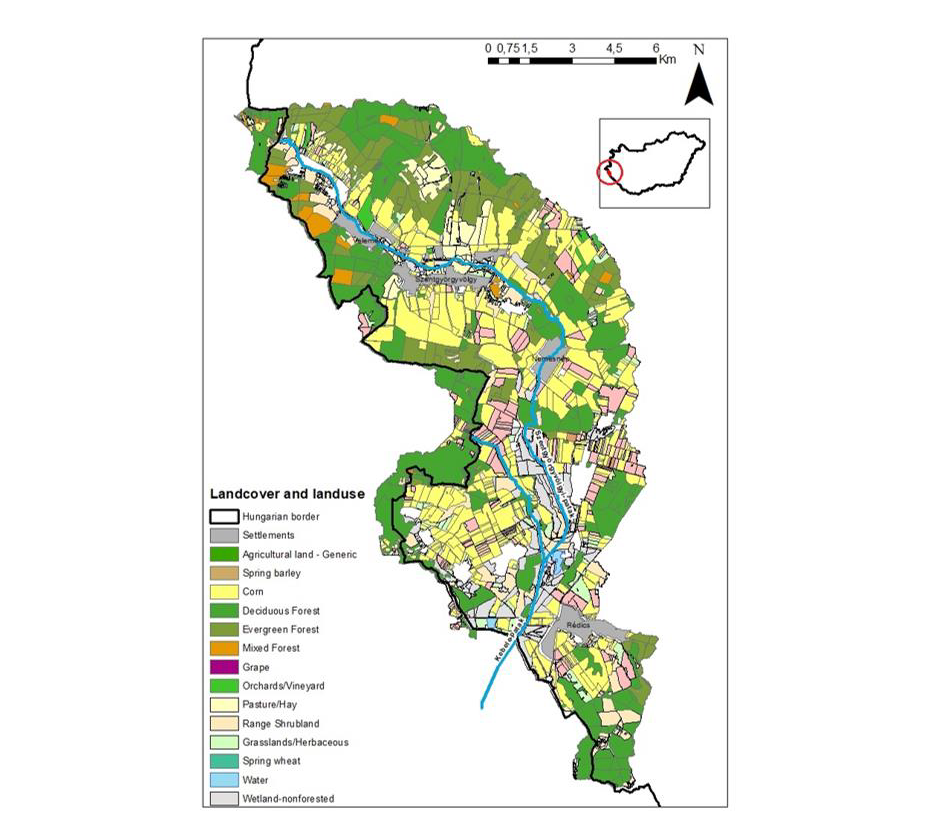
Figure 1. Land use and land cover in the Hungarian part of the Kebele case study area
With the kind guidance of the West-transdanubian Water Directorate the Hungarian OPTAIN team had the opportunity to personally experience the beauty of the area, and also to identify the challenges it faces.
The Kebele and the Szentgyörgyvölgyi streams are the two main watercourses of the case study area, both part of the NATURA 2000 network. The Kebele stream is a watercourse in good condition but with some sections of bank erosion. Relatively numerous and well-developed remnants of backwaters may be found. In comparison with the Kebele, the Szentgyörgyvölgyi stream is more natural.
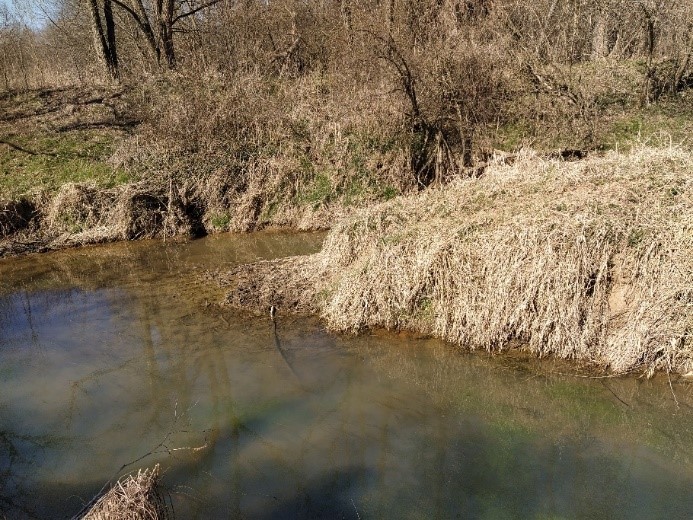
Figure 2. The mouth of the Kebele stream and the Szentgyörgyvölgyi stream (Photo: OVF)
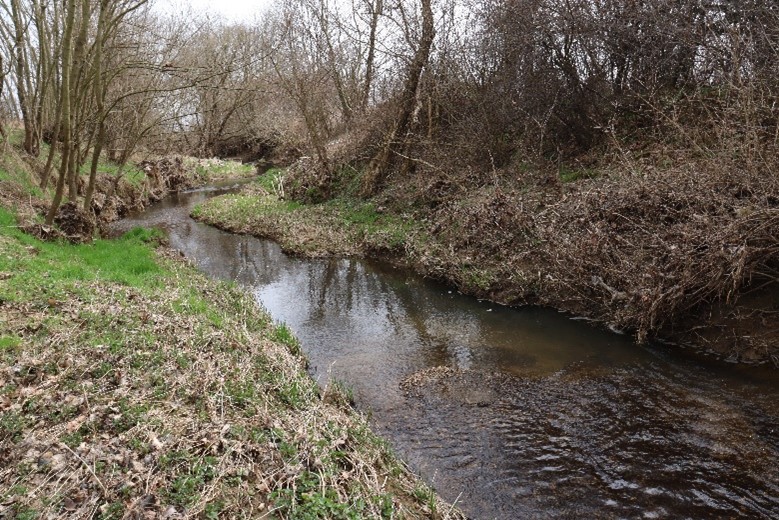
Figure 3. Kebele stream (Photo: OVF)
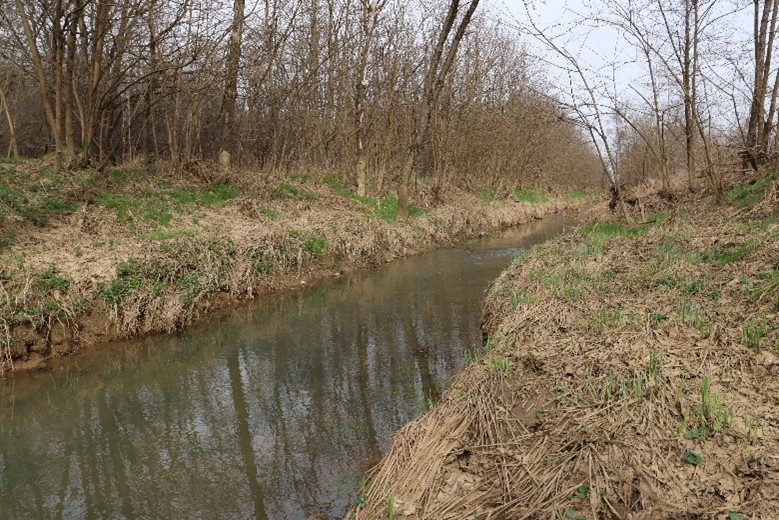
Figure 4. Szentgyörgyvölgyi stream (Photo: OVF)
Szentgyörgyvölgyi stream is also characterized by balanced water regime and semi-natural meadows. Rare species such as the green-winged orchid (Anacamptis morio) and Snake’s head fritillary (Fritillaria meleagris), as well as protected species, flourish in these areas.
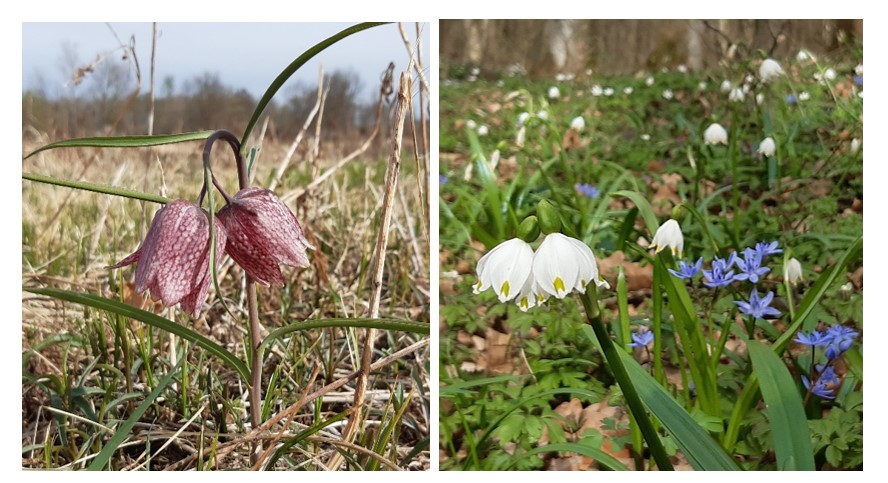 Figure 5. Fritillaria meleagris, Leucojum vernum and Scilla vindobonensis (Photo: West-transdanubian Water Directorate)
Figure 5. Fritillaria meleagris, Leucojum vernum and Scilla vindobonensis (Photo: West-transdanubian Water Directorate)
The stakeholder mapping of the case study followed the project kick-off. Key actors from different sectors were identified through water management and CSOs to the research community. The role of the Hungarian Agricultural Chamber should be highlighted, with whom we already have good relationship. In close collaboration with them we can reach out farmers, farmers’ advisors, and professional consultants who have utmost importance in building up a MARG (multi-actor reference group). Beside this case study, all Hungarian case studies can benefit from the experience of OVF in providing the water related aspects relying on the valuable local expertise of the respective regional water directorates. We also build upon the good relationship with the Ministry of Agriculture and the National Parks concerned.
Having in mind the situation concerning COVID pandemic, we decided to organize our 1st MARG meeting via an on-line platform. In cooperation with TAKI this event on 16th April 2021 covered all of the Hungarian case studies. The purpose of this meeting was to provide general understanding about the OPTAIN project to the stakeholders focusing mainly on the Hungarian case studies. We introduced the main Natural Small Water Retention Measures (NSWRMs) which had been identified as relevant for the case studies. Through single and multiple-choice questions related to measures participants had a chance to express their opinion and rank them considering their importance.
One of the most challenging tasks so far has been the identification of legislation and policy relations of the measures. This was also executed in cooperation with TAKI. A joined diagram was formulated for all the four Hungarian case studies. The result, a complex diagram visualizes the nexus between different measures and respective national level regulation. In conclusion, most of our measures are reflected in policy documents on national and river basin level, however, numerous different types of laws specify the same measures.
Next MARG Workshop was organised in November 2021, when mainly local stakeholders were notified about the results achieved by then and they filled in questionnaires to analyse policy arrangements and developments. This contributed to review our policy analysis and for the future to draft legislative amendments for harmonisation of water and agricultural policy.
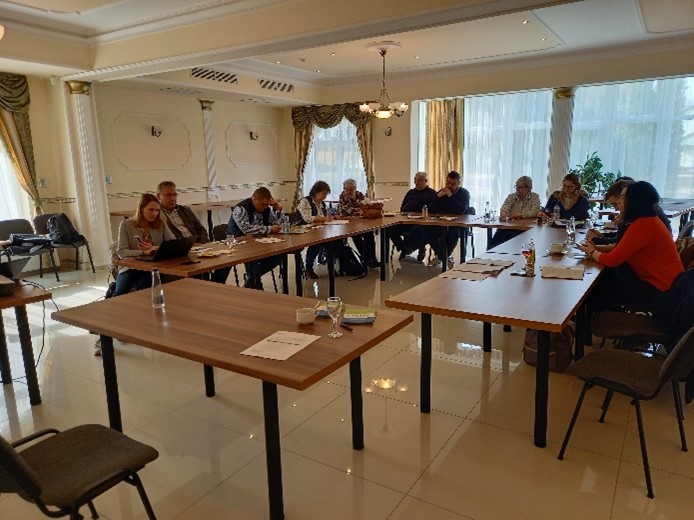
Figure 6. MARG workshop (CS6b) - April 2022 (Photo: OVF)
The next meeting was organized in April 2022. The participants (water managers, agri-advisors, and farmers) who had accepted the invitation and attended the workshop represented well the targeted audience and provided them with useful local information. During the workshop the stakeholders actively participated in a fruitful discussion in the plenary session, they had dedicated time to express their opinions about the measures. We asked participants to point out (agri, water management, etc.) the problems first in an open discussion and then, using a map to locate the problematic areas and the measures which could be implemented to address them. Later, we displayed these areas on maps using GIS and forwarded the results to the respective work package of the project for modelling. The main challenges identified in the area are the prevention and mitigation of soil erosion and flash floods, deterioration of the drainage systems, and revitalizing of the backwaters. Based on the discussion with the stakeholders the no till, backwater revitalization, and buffer strips measures were identified, which would have been implemented and recommended to be modelled in the case study area.
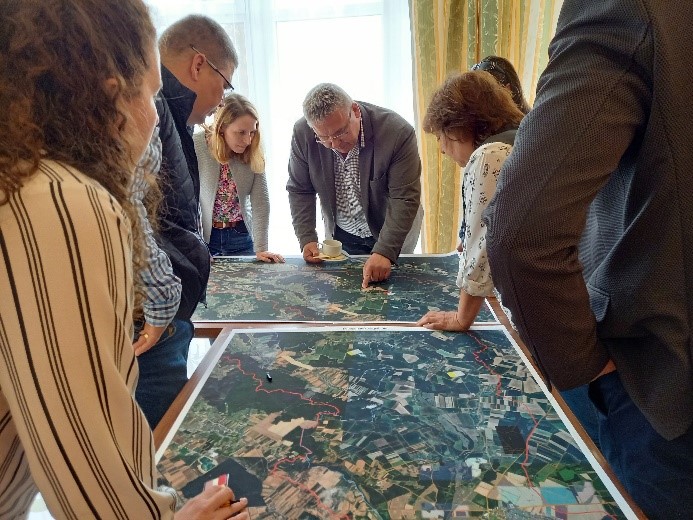
Figure 7. MARG workshop (CS6b) - April 2022, participants working on the location of measures (Photo: TAKI)
The farmers in the Kebele case study area face many problems that determine their farm management and the measures they apply, such as biodiversity issues, extreme weather events (especially droughts and water deficits), waterlogging, and soil erosion. Stakeholders identified several constraints hindering the possibility of addressing these problems through the adoption of NSWRMs, such as high costs and affordability, lack of knowledge and problem awareness, lack of experience on existing technologies, and lack of or low financial support and incentives. On the other hand, farmers are aware of the measures’ benefits which were also presented and discussed during the workshop. We selected crop rotation and low till agriculture as the two measures that are most relevant for the CS. Both measures are considered appropriate soil management practices. Farmers’ and agri-advisors’ views on these measures are important inputs to the project, summarized in the following.
- Crop rotation creates beneficial economic impact while providing a plannable workflow. It has the advantage of eliminating the impact of insect pests. On the other hand in extreme weather conditions, less plannable, and less profitable plants should also be included. Regulation of the measure is manifold, reference can be found in the Soil Protection Act, but also in decrees, strategic documents, and agricultural handbooks.
- Low till agriculture is also an appropriate soil management practice with agricultural and climate-related legislation. Its main purpose is to reduce the risk of disasters (droughts, floods, landslides), prevent (avoid), reduce land degradation; restore/rehabilitate land, and create beneficial economic impact. Among its strengths, farmers listed that pre-sowing soil preparation is faster, it is easier to plan, and has lower costs; it is beneficial in terms of effect on water balance, less fuel, and working hours. As cons, it can imply greater potential for pest enrichment, require increased use of fungicides and insecticides, provide lower yields depending on the vintage, and have high investment demand.
Within our regular duties, we continually look for ways to promote the project. Due to the standardized templates, we produced our leaflets in the Hungarian language and other materials such as roll-ups and posters in cooperation with TAKI. We are very proud of the Hungarian OPTAIN website which has been launched as a development of TAKI where Hungarian users can find basic information on the project, including the Hungarian case studies. We appeared with OPTAIN in events like the Hungarian “Farming Days” and the online meeting organized on Desertification and Drought Day. In addition, we have published several articles on OPTAIN and our role, mainly online e.g. on our website or online newsletter of the Hungarian Chamber of Agriculture. With TAKI we published an article on the national implementation of the project which was also presented during the annual conference of the Hungarian Hydrological Society (HHS). Currently, the preparation of another article focusing on NSWRM measures for the 2024 conference of HHS is in progress.
As a new development, in early March 2024, we collected useful on-the-ground information about farming in the case study area using the OPTAIN farmers’ questionnaire. In this regard, professional consultants were for our help with their excellent knowledge. In summary, we can conclude that farmers are open to NSWRM measures and, in most cases have the necessary knowledge, however, implementation depends in a large extent on the agricultural support policy in place.
Authors : Edina Somogyi, Ilona Kása, Péter Molnár




















